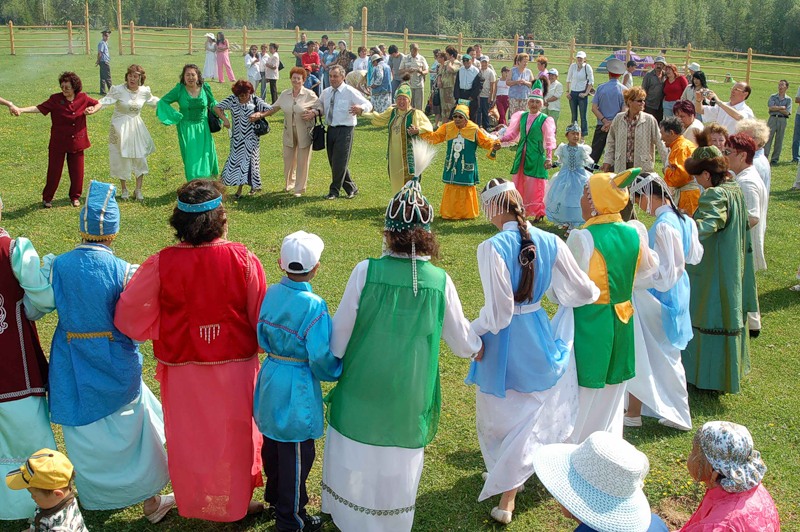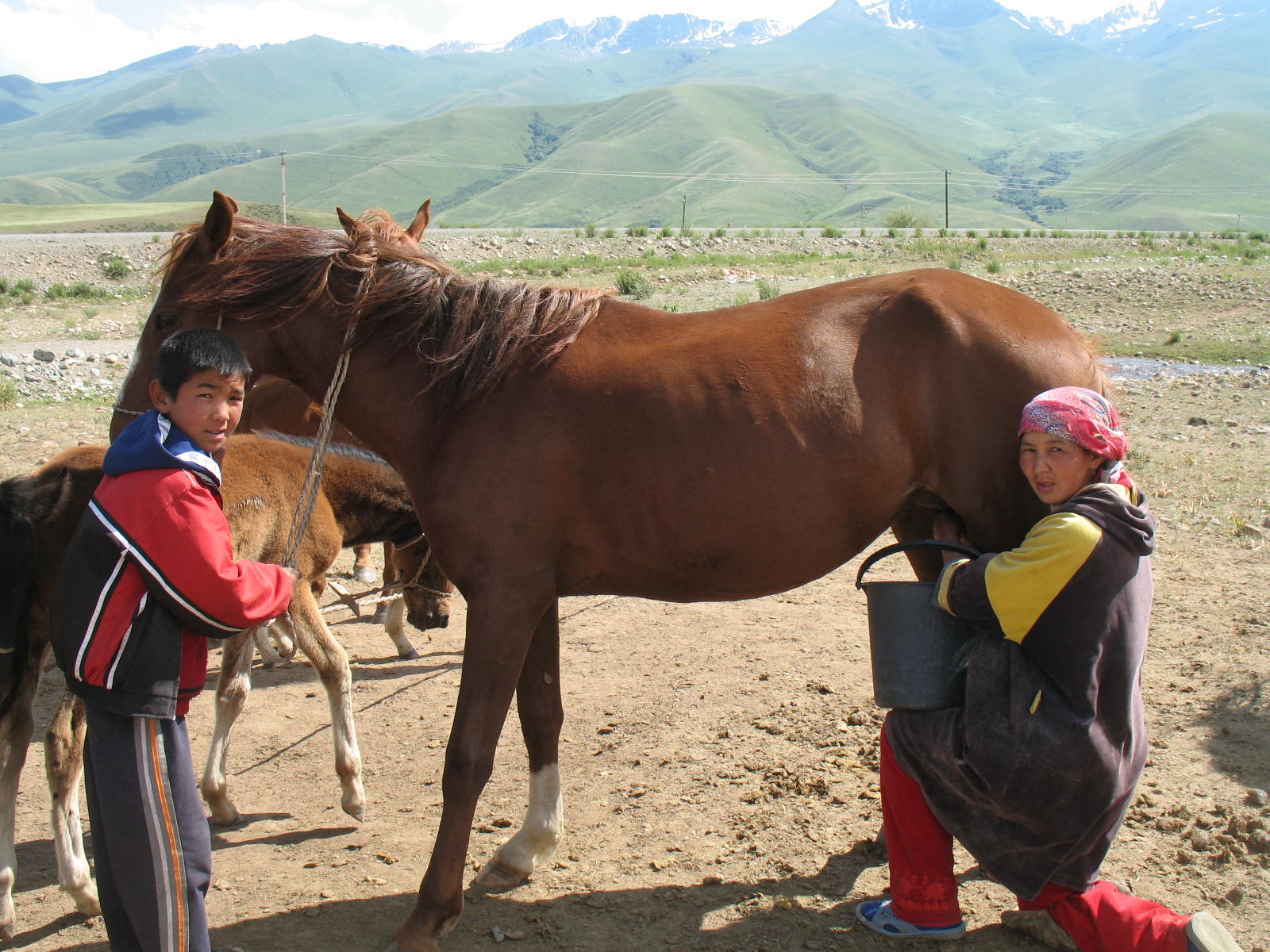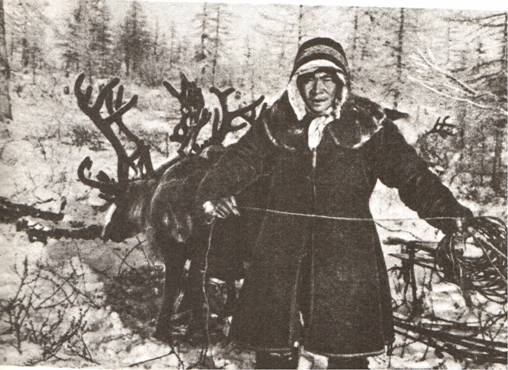|
Yhyakh
Yhyаkh ( Yakut: ''Ыһыах'') is the New Year holiday in the Sakha Republic. Celebration Sakha people celebrate the New Year twice a year – in winter with the rest of citizens of Russia, and in summer – according to the ancient traditions. Yakutia is the largest region of Russia. The winter temperatures sometimes reach −60 °C, while the summer is very short, lasting only three months. The holiday is celebrated in the middle of June, at the beginning of summer. The Sakha Yhyakh festival (literally meaning "abundance") is related to a cult of a solar deity, with a fertility cult. Before the German invasion of the Soviet Union it was held on 22 June, the longest day of the year. However, after 1941, as the date of Yhyakh had coincided with the beginning of Operation Barbarossa Operation Barbarossa (german: link=no, Unternehmen Barbarossa; ) was the invasion of the Soviet Union by Nazi Germany and many of its Axis allies, starting on Sunday, 22 June 1941, du ... [...More Info...] [...Related Items...] OR: [Wikipedia] [Google] [Baidu] |
Sakha Republic
Sakha, officially the Republic of Sakha (Yakutia),, is the largest republic of Russia, located in the Russian Far East, along the Arctic Ocean, with a population of roughly 1 million. Sakha comprises half of the area of its governing Far Eastern Federal District, and is the world's largest country subdivision, covering over 3,083,523 square kilometers (1,190,555 sq mi). ''Sakha'' following regular sound changes in the course of development of the Yakut language) as the Evenk and Yukaghir exonyms for the Yakuts. It is pronounced as ''Haka'' by the Dolgans, whose language is either a dialect or a close relative of the Yakut language.Victor P. Krivonogov, "The Dolgans’Ethnic Identity and Language Processes." ''Journal of Siberian Federal University'', Humanities & Social Sciences 6 (2013 6) 870–888. Geography * ''Borders'': ** ''internal'': Chukotka Autonomous Okrug (660 km)(E), Magadan Oblast (1520 km)(E/SE), Khabarovsk Krai (2130 km)(SE), Amur Oblas ... [...More Info...] [...Related Items...] OR: [Wikipedia] [Google] [Baidu] |
Yakuts
The Yakuts, or the Sakha ( sah, саха, ; , ), are a Turkic ethnic group who mainly live in the Republic of Sakha in the Russian Federation, with some extending to the Amur, Magadan, Sakhalin regions, and the Taymyr and Evenk Districts of the Krasnoyarsk region. The Yakut language belongs to the Siberian branch of the Turkic languages. The Russian word was taken from Evenk . The Yakuts call themselves , or (Yakut: Уран Саха, ''Uran Sakha'') in some old chronicles. Origin Early scholarship An early work on the Yakut ethnogenesis was drafted by the Russian Collegiate Assessors I. Evers and S. Gornovsky in the late 18th century. At an unspecified time in the past certain tribes resided around the western shore of the Aral Sea. These peoples later migrated eastward and settled near the Tunka Goltsy mountains of modern Buryatia. Pressure from the expansionist Mongolian Empire later made many of those around the Tunka Goltsy relocate to the Lena River. Several ... [...More Info...] [...Related Items...] OR: [Wikipedia] [Google] [Baidu] |
June Observances
June is the sixth month of the year in the Julian and Gregorian calendars and is the second of four months to have a length of 30 days, and the third of five months to have a length of less than 31 days. June contains the summer solstice in the Northern Hemisphere, the day with the most daylight hours, and the winter solstice in the Southern Hemisphere, the day with the fewest daylight hours (excluding polar regions in both cases). June in the Northern Hemisphere is the seasonal equivalent to December in the Southern Hemisphere and vice versa. In the Northern Hemisphere, the beginning of the traditional astronomical summer is 21 June (meteorological summer begins on 1 June). In the Southern Hemisphere, meteorological winter begins on 1 June. At the start of June, the sun rises in the constellation of Taurus; at the end of June, the sun rises in the constellation of Gemini. However, due to the precession of the equinoxes, June begins with the sun in the astrological sign of ... [...More Info...] [...Related Items...] OR: [Wikipedia] [Google] [Baidu] |
Summer Traditions
Summer is the hottest of the four temperate seasons, occurring after spring and before autumn. At or centred on the summer solstice, the earliest sunrise and latest sunset occurs, daylight hours are longest and dark hours are shortest, with day length decreasing as the season progresses after the solstice. The date of the beginning of summer varies according to climate, tradition, and culture. When it is summer in the Northern Hemisphere, it is winter in the Southern Hemisphere, and vice versa. Timing From an astronomical view, the equinoxes and solstices would be the middle of the respective seasons, but sometimes astronomical summer is defined as starting at the solstice, the time of maximal insolation, often identified with the 21st day of June or December. By solar reckoning, summer instead starts on May Day and the summer solstice is Midsummer. A variable seasonal lag means that the meteorological centre of the season, which is based on average temperature patterns, ... [...More Info...] [...Related Items...] OR: [Wikipedia] [Google] [Baidu] |
Cultural Festivals In Russia
Culture () is an umbrella term which encompasses the social behavior, institutions, and norms found in human societies, as well as the knowledge, beliefs, arts, laws, customs, capabilities, and habits of the individuals in these groups.Tylor, Edward. (1871). Primitive Culture. Vol 1. New York: J.P. Putnam's Son Culture is often originated from or attributed to a specific region or location. Humans acquire culture through the learning processes of enculturation and socialization, which is shown by the diversity of cultures across societies. A cultural norm codifies acceptable conduct in society; it serves as a guideline for behavior, dress, language, and demeanor in a situation, which serves as a template for expectations in a social group. Accepting only a monoculture in a social group can bear risks, just as a single species can wither in the face of environmental change, for lack of functional responses to the change. Thus in military culture, valor is counted a typical ... [...More Info...] [...Related Items...] OR: [Wikipedia] [Google] [Baidu] |
New Year Celebrations
New is an adjective referring to something recently made, discovered, or created. New or NEW may refer to: Music * New, singer of K-pop group The Boyz Albums and EPs * ''New'' (album), by Paul McCartney, 2013 * ''New'' (EP), by Regurgitator, 1995 Songs * "New" (Daya song), 2017 * "New" (Paul McCartney song), 2013 * "New" (No Doubt song), 1999 *"new", by Loona from '' Yves'', 2017 *"The New", by Interpol from '' Turn On the Bright Lights'', 2002 Acronyms * Net economic welfare, a proposed macroeconomic indicator * Net explosive weight, also known as net explosive quantity * Network of enlightened Women, a conservative university women's organization * Next Entertainment World, a South Korean film distribution company Identification codes * Nepal Bhasa language ISO 639 language code * New Century Financial Corporation (NYSE stock abbreviation) * Northeast Wrestling, a professional wrestling promotion in the northeastern United States Transport * New Orleans Lakefront ... [...More Info...] [...Related Items...] OR: [Wikipedia] [Google] [Baidu] |
Turkic Mythology
Turkic mythology refers to myths and legends told by the Turkic people. It features Tengrist and Shamanist strata of belief along with many other social and cultural constructs related to the nomadic and warrior way of life of Turkic and Mongol peoples in ancient times. Turkic mythology shares numerous points in common with Mongol mythology. Turkic mythology has also been influenced by other local Asiatic and Eurasian mythologies. For example, in Tatar mythology elements of Finnic and Indo-European mythologies co-exist. Beings from Tatar mythology include Äbädä, Alara, Şüräle, Şekä, Pitsen, Tulpar, and Zilant. The ancient Turks apparently practised all the then-current major religions in Inner Asia, such as Tibetan Buddhism, Nestorian Christianity, Judaism, and Manichaeism, before the majority's conversion to Islam filtered through the mediation of Persian and Central Asian culture, as well as through the preaching of Sufi Muslim wandering ascetics and mysti ... [...More Info...] [...Related Items...] OR: [Wikipedia] [Google] [Baidu] |
Kumis
''Kumis'' (also spelled ''kumiss'' or ''koumiss'' or ''kumys'', see other transliterations and cognate words below under terminology and etymology – otk, airag kk, қымыз, ''qymyz'') mn, айраг, ''ääryg'') is a fermented dairy product traditionally made from mare milk or donkey milk. The drink remains important to the peoples of the Central Asian steppes, of Turkic and Mongol origin: Kazakhs, Bashkirs, Kalmyks, Kyrgyz, Mongols, and Yakuts. Kumis was historically consumed by the Khitans, Jurchens, Hungarians, and Han Chinese of North China as well. ''Kumis'' is a dairy product similar to '' kefir'', but is produced from a liquid starter culture, in contrast to the solid ''kefir'' "grains". Because mare's milk contains more sugars than cow's or goat's milk, when fermented, ''kumis'' has a higher, though still mild, alcohol content compared to ''kefir''. Even in the areas of the world where ''kumis'' is popular today, mare's milk remains a very limited comm ... [...More Info...] [...Related Items...] OR: [Wikipedia] [Google] [Baidu] |
Dolgans
Dolgans (; Dolgan: , , (Sakha); Yakut: ) are an ethnic group who mostly inhabit Krasnoyarsk Krai, Russia. They are descended from several groups, particularly Evenks, one of the indigenous peoples of the Russian North. They adopted a Turkic language sometime after the 18th century. The 2010 Census counted 7,885 Dolgans. This number includes 5,517 in former Taymyr Autonomous Okrug. Dolgans speak the Dolgan language, which is closely related to the Yakut language. History In the 17th century, the Dolgans lived in the basins of the Olenyok River and Lena River. They moved to their current location, Taymyr, in the 18th century. The Dolgan identity began to emerge during the 19th and early 20th centuries, under the influence of three groups who migrated to the Krasnoyarsk area from the Lena River and Olenyok River region: Evenks, Yakuts, Enets, and so-called tundra peasants (). Culture and livelihood Originally, the Dolgans were nomadic hunters and reindeer herders ... [...More Info...] [...Related Items...] OR: [Wikipedia] [Google] [Baidu] |

.jpg)
.jpg)



